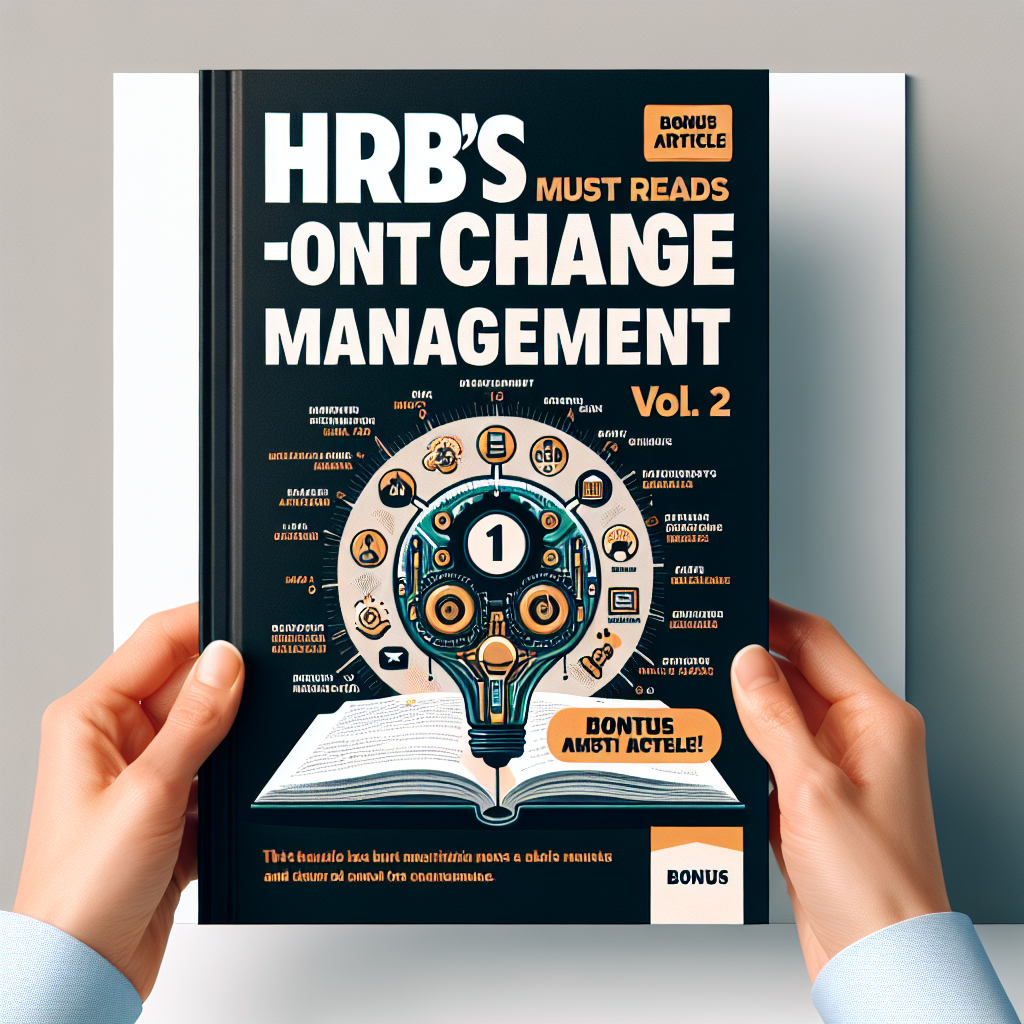The Power of Storytelling in Digital Business Case Development

In today’s fast-paced digital landscape, CxOs are often tasked with justifying large investments in technology to decision-makers. Yet, many struggle to effectively convey the value these investments bring to the business. A powerful way to overcome this challenge is by leveraging storytelling, turning data and complex ideas into a compelling narrative that resonates with stakeholders. Effective storytelling is essential for driving strategic business value, especially when communicating digital initiatives to the board and other key decision-makers.
Why Storytelling Matters
CxOs frequently face the challenge of presenting digital transformation initiatives in a way that aligns with organizational goals. According to a Gartner survey, many IT leaders fail to make their message relevant or clear, and they often lack sufficient data to back up their claims. Storytelling helps bridge this gap by transforming technical metrics into value-driven narratives that focus on outcomes, risk, cost, and, most importantly, value.
A strong story can grab the attention of your audience, highlight the impact of your digital strategy, and answer the all-important question: "Why should the business care?"
Building a Value-Driven Story
The value of any digital investment is not just in the technology itself but in its ability to drive key business outcomes. Whether the initiative is aimed at increasing revenue, improving customer experience, or boosting operational efficiency, storytelling allows CxOs to link these objectives to the business's strategic goals.
Here are some key components of a strong value-driven story, in the Business Case Development Framework:
-
Align with Strategic Objectives: A value story must clearly align with the organization’s top priorities. For example, instead of stating that a new system will improve uptime, link this improvement to increased transaction capacity, leading to higher revenue or customer retention.
-
Communicate the Full Picture: It’s essential to discuss cost, risk, and value. Rather than focusing solely on cost, show how the initiative will mitigate risks and create value in both the short and long term. Metrics like Return on Investment (ROI) or Net Present Value (NPV) can support the financial side of the story.
-
Use the Right Metrics: As the slides indicate, not all metrics are created equal. Choose ones that resonate most with your audience. Quantify qualitative benefits wherever possible and provide a mix of leading and lagging indicators to show both immediate and long-term impacts.
-
State Assumptions Clearly: Transparency in your assumptions builds credibility. If your projections are based on specific market conditions or customer behavior, make this clear so stakeholders understand the rationale behind your numbers.
Storyboarding: The Framework for Effective Communication
To build a coherent narrative, the Digital Investment Storyboard Framework offers four guiding principles:
- Less is More: Focus on what’s important and avoid overwhelming your audience with too much technical detail. Highlight the key benefits and value drivers.
- Clear & Simple: Avoid jargon and keep your message straightforward, ensuring that even non-technical stakeholders can understand the impact of your proposal.
- Credible: Always back up your claims with quantitative evidence. Metrics like time saved, increased transaction volumes, or cost reductions are more persuasive than abstract promises.
- Show, Don’t Tell: Use visuals or prototypes to demonstrate how your initiative will work. A well-designed chart or mockup can often convey more than words.
Practical Tips for Presenting Your Story
Finally, when it comes time to present your story to the board, remember to:
- Know Your Audience: Tailor your story to what matters most to your audience. For example, if you’re presenting to the CFO, emphasize cost savings and ROI. For a CEO, focus on how your initiative will drive business growth.
- Start with a Hook: Grab attention with a strong opening that answers the question, "Why should they care?" This can be an alarming statistic, a customer success story, or a bold claim backed by data.
- Unpack the Details: Once you’ve captured your audience’s attention, delve into the specifics. Use the right language and metrics to illustrate why your initiative is worth the investment.
- Make the Ask: Be clear about what you want from your audience, whether it’s funding, approval, or resources. Don’t leave them guessing.
Conclusion
In the world of digital governance, telling a compelling value story is crucial for securing buy-in from decision-makers. By aligning your narrative with business objectives, using clear and credible metrics, and following a structured storyboard framework, CxOs can overcome the common challenges of conveying the business value of digital investments. Storytelling is more than just a presentation technique—it’s a strategic tool that can turn complex data into a persuasive case for digital transformation.
 歡迎嚟到我哋嘅頻道!今日,我哋會深入探討數碼轉型嘅世界——呢個話題喺每個領域嘅領導者入面愈嚟愈重要。
歡迎嚟到我哋嘅頻道!今日,我哋會深入探討數碼轉型嘅世界——呢個話題喺每個領域嘅領導者入面愈嚟愈重要。
 HI大家,歡迎返嚟我哋頻道!今日我哋會詳細講吓金武貴本書《世界一流菁英的77個最強工作法》入面嗰啲轉變性見解。呢本書簡直係我哋職業生涯成功嘅策略寶庫。
HI大家,歡迎返嚟我哋頻道!今日我哋會詳細講吓金武貴本書《世界一流菁英的77個最強工作法》入面嗰啲轉變性見解。呢本書簡直係我哋職業生涯成功嘅策略寶庫。 歡迎返嚟我哋嘅頻道。今日,我哋會深入探討一部好吸引嘅歷史文學作品,揭示古代中國一個睇落平平無奇年份嘅隱藏層面。黃仁宇嘅經典《萬曆十五年》提供咗一個深入嘅角度,講解明朝衰落嘅潛在因素。雖然1587年睇落寒蝕,但黃仁宇嘅分析揭示咗鋪陳中國其中一次最重要政治衰退嘅系統性問題。
歡迎返嚟我哋嘅頻道。今日,我哋會深入探討一部好吸引嘅歷史文學作品,揭示古代中國一個睇落平平無奇年份嘅隱藏層面。黃仁宇嘅經典《萬曆十五年》提供咗一個深入嘅角度,講解明朝衰落嘅潛在因素。雖然1587年睇落寒蝕,但黃仁宇嘅分析揭示咗鋪陳中國其中一次最重要政治衰退嘅系統性問題。 歡迎返嚟我哋嘅頻道!今日我哋會深入探討Liz Wiseman修訂同更新嘅書《乘數:最佳領導者如何令每個人變得更聰明》入面嘅啲突破性見解。呢本書真係徹底改變咗我對領導嘅睇法,我好興奮可以同你哋分享下啲關鍵資訊。
歡迎返嚟我哋嘅頻道!今日我哋會深入探討Liz Wiseman修訂同更新嘅書《乘數:最佳領導者如何令每個人變得更聰明》入面嘅啲突破性見解。呢本書真係徹底改變咗我對領導嘅睇法,我好興奮可以同你哋分享下啲關鍵資訊。 歡迎返嚟我哋個頻道!今日,想同大家講一個比以前更加重要嘅話題:喺呢個複雜世界裡,正義同埋誠信。我哋會探討瑞安‧侯德(Ryan Holiday)嗰本勁正嘅書《正確嘅事,立即做:不公世界中的正義》。呢本書係佢「斯多葛美德」系列嘅第三部分,入面有唔少深刻嘅教訓值得我哋學習。
歡迎返嚟我哋個頻道!今日,想同大家講一個比以前更加重要嘅話題:喺呢個複雜世界裡,正義同埋誠信。我哋會探討瑞安‧侯德(Ryan Holiday)嗰本勁正嘅書《正確嘅事,立即做:不公世界中的正義》。呢本書係佢「斯多葛美德」系列嘅第三部分,入面有唔少深刻嘅教訓值得我哋學習。